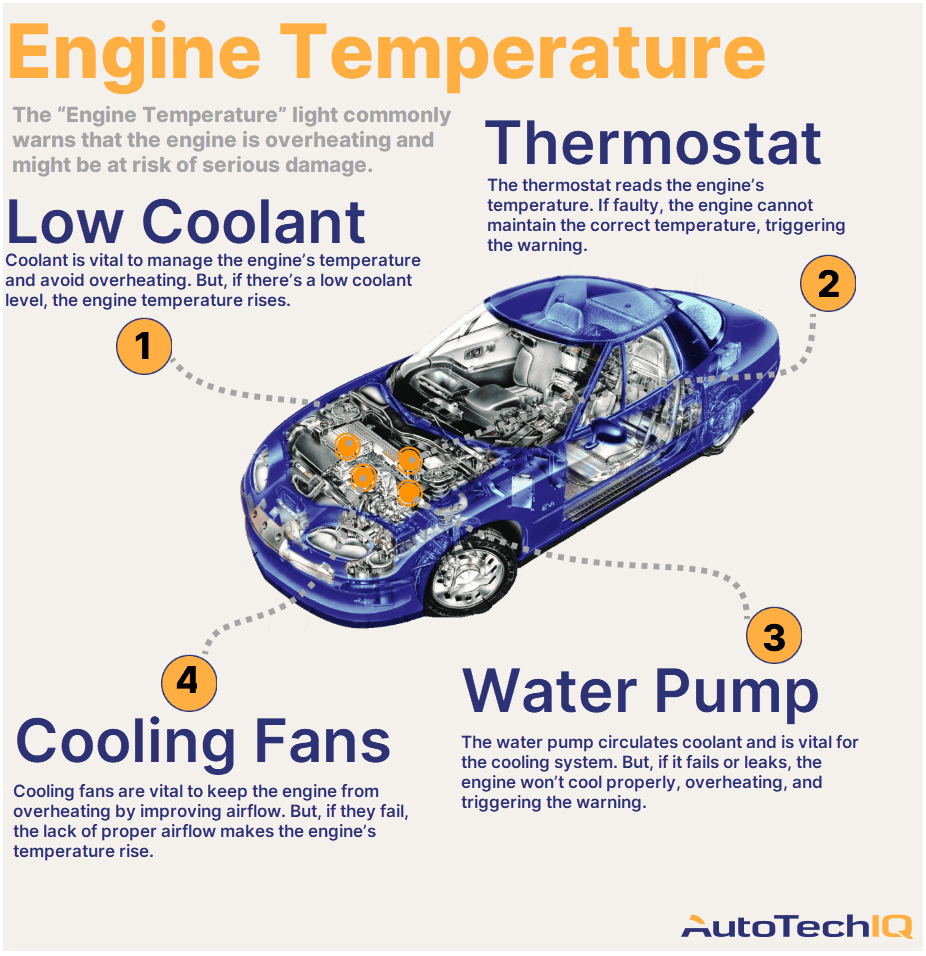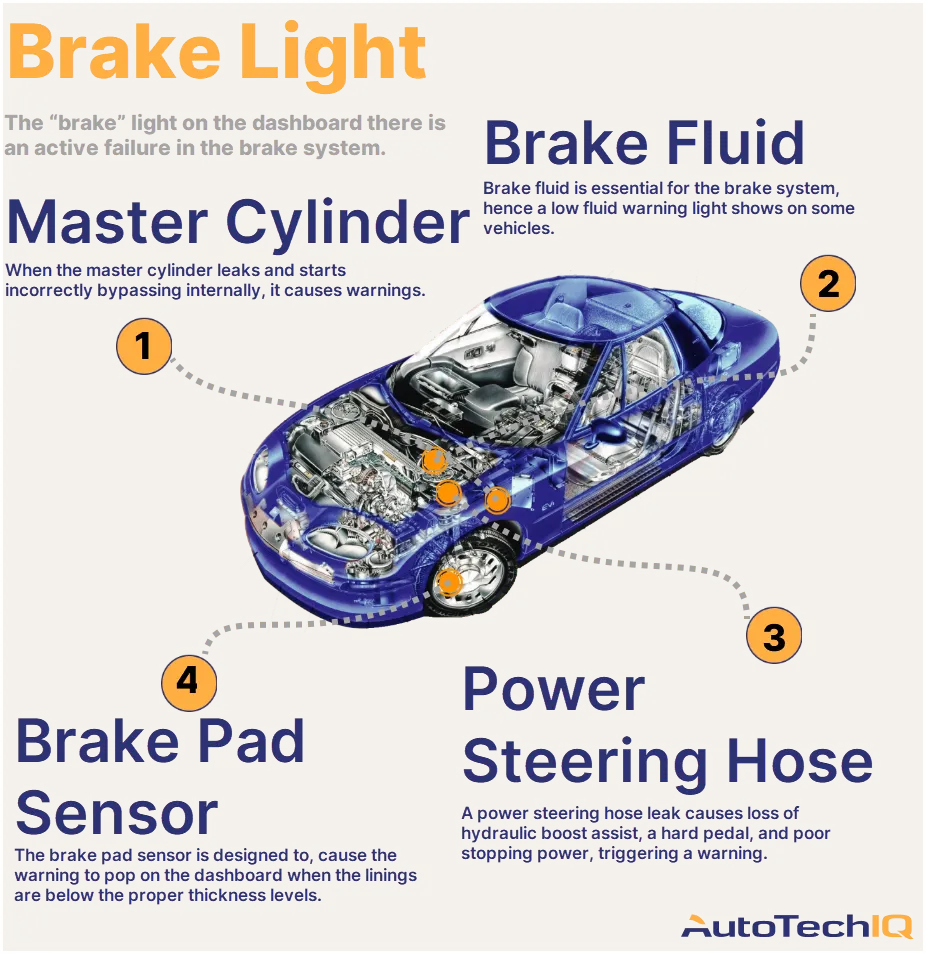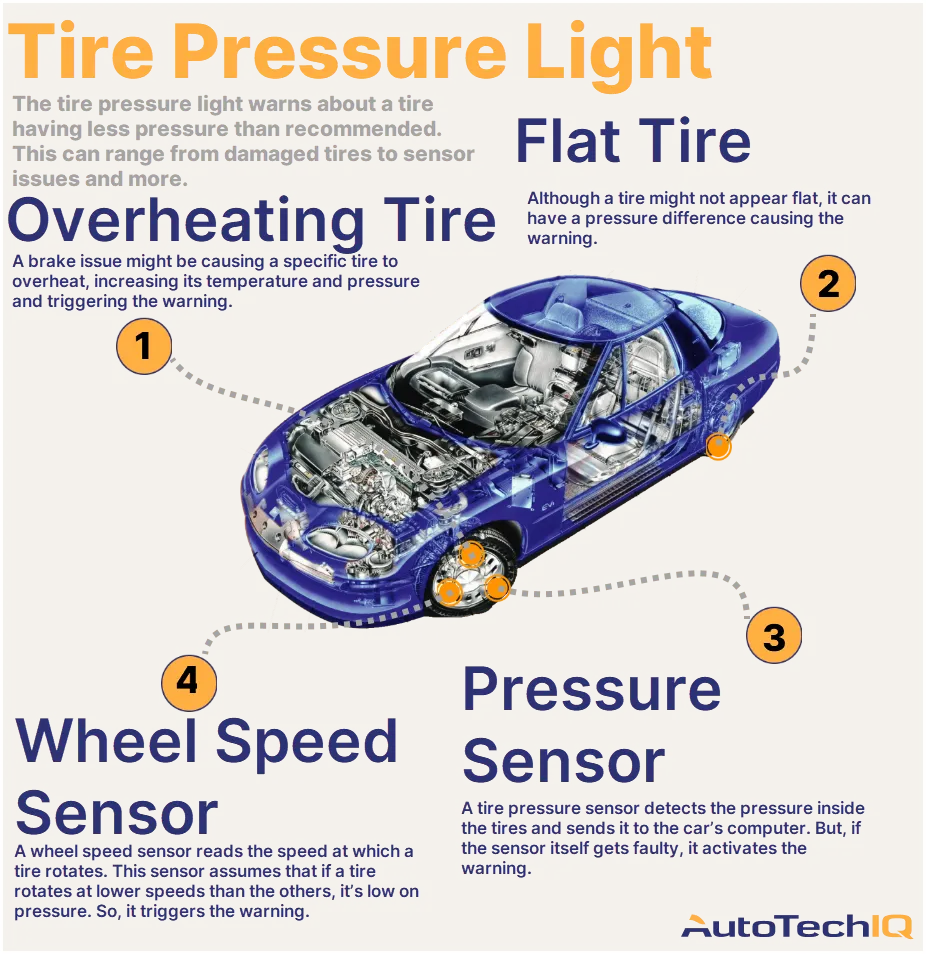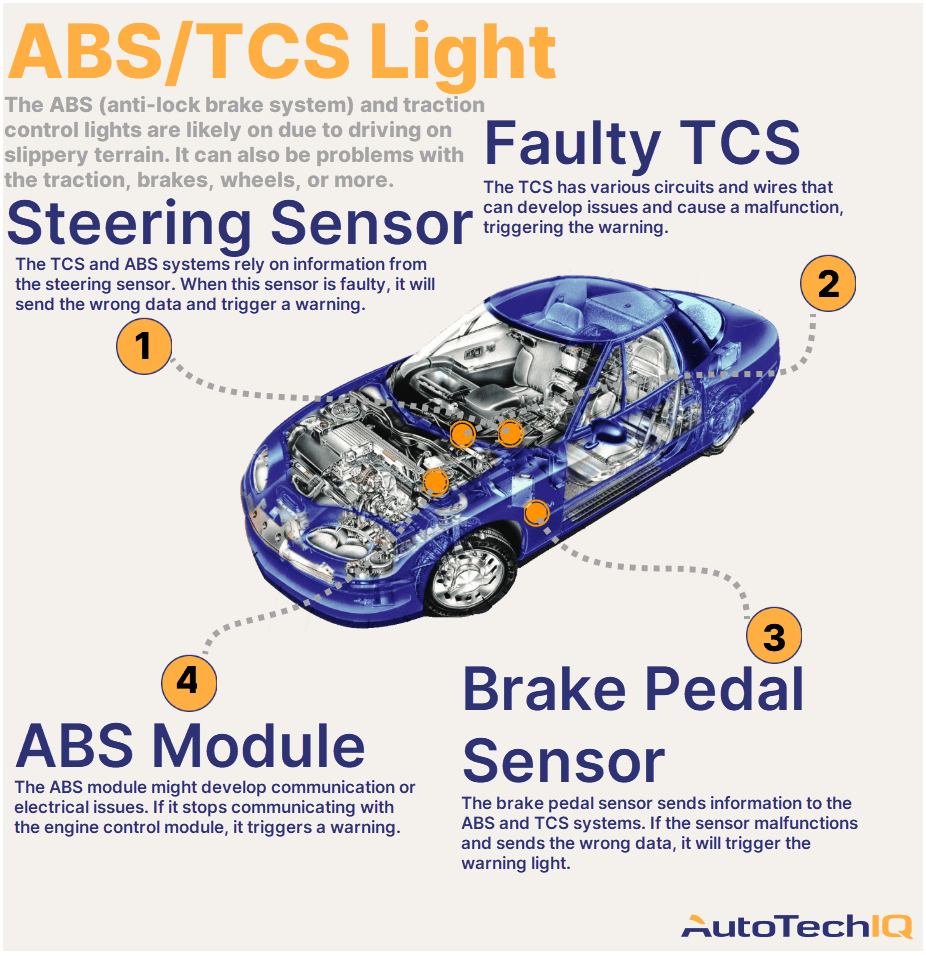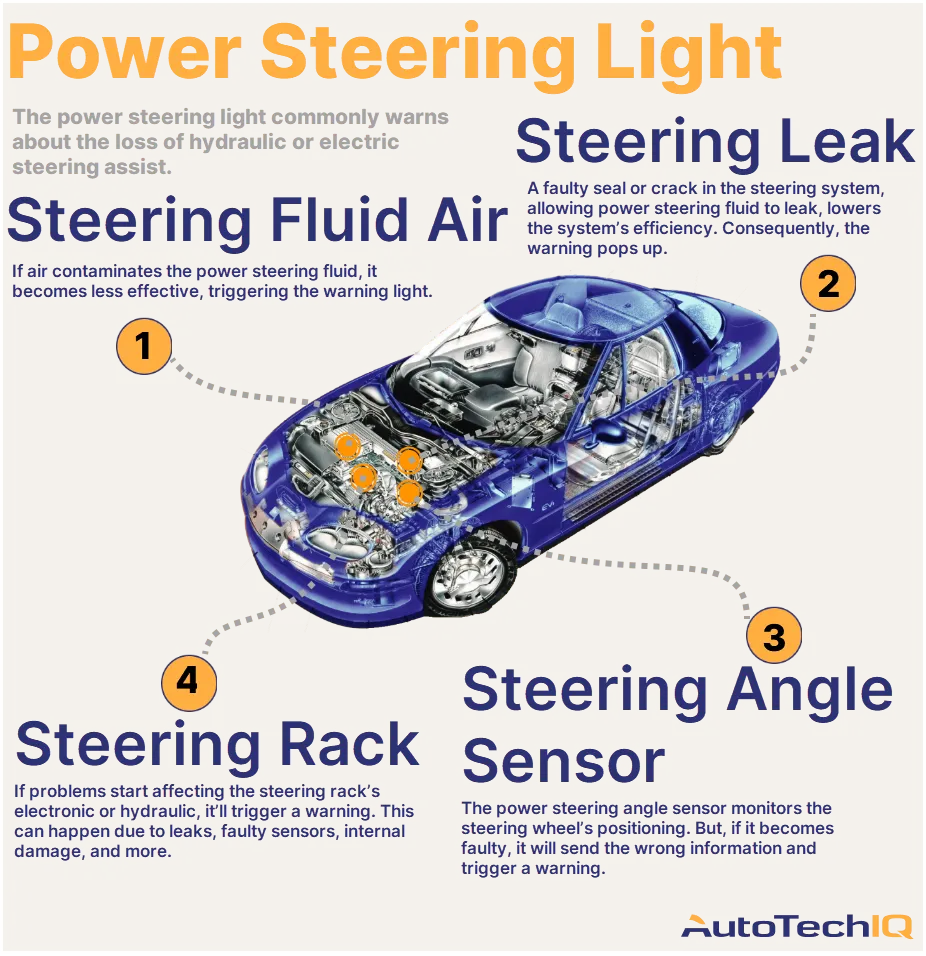
The oil sensor is a complex technical element responsible for monitoring, regulating, and managing the engine. Its primary function is to alert the driver that the oil pressure in the lubrication system has dropped.
The indicator of a properly functioning lubrication system is its ability to maintain the necessary oil pressure in the engine. For this reason, cars are equipped with a special sensor that sends a signal to the dashboard (the oil light comes on) in case of malfunctions.
There are mechanical and electronic oil pressure sensors. Electronic sensors are called emergency sensors because they only activate when the oil level drops critically. These devices do not provide precise data. Mechanical sensors accurately determine the oil pressure. One can understand how the pressure indicator changes through the gauge.
Some cars are equipped with both types of sensors. This allows for accurate determination of oil pressure, as well as timely response to a signal sent by the emergency sensor.
The location of the sensor depends on the make and model of the vehicle. In some cases, to access the sensor, one simply needs to open the hood—without disassembling various mechanisms. In other situations, the device can only be removed through the wheelbase.
- Reasons for which the oil pressure sensor may become faulty include:
- Oxidation of contacts and other metal parts;
- Depressurization of the sensor;
- Contamination of the connector plug;
- Loose threaded connection.
Main symptoms of a faulty oil pressure sensor:
- The oil pressure warning light on the dashboard periodically comes on;
- Oil leakage is observed, which seeps not only through the threads but also through the sensor housing;
- The oil pressure indicator on the dashboard stays on for too long after starting the engine.
If you suspect a malfunction of the oil pressure sensor, it is advisable to immediately consult a service center. There, they will carry out a comprehensive check of the engine's lubrication system and, if necessary, replace the oil pressure sensor with a new one.
Some car owners mistakenly believe that replacing the oil pressure sensor is a simple task. In principle, this is true, but the following factors should be considered during the replacement:
- Knowledge of the sensor's specific location and the methods for installing and removing the element. For diagnostics, the sensor is removed from the car, and a pump with a pressure gauge and a multimeter tester are used to check the sensor.
- Accurate selection of a new original sensor.
- Checking the system's operation after installing the new sensor. Sensors are not repairable; if the sensor is faulty, it is simply replaced.
- It's important to note that improper tightening of the device can impair the sensor's functionality. Therefore, if you lack experience in such work, it's better to entrust the task to professionals, as an incorrectly installed sensor will not ensure the engine's effective operation.
When turning to an auto service center, be sure to clarify the question of repair quality assurance. This is important to be confident in the long-term reliability of your car and to avoid potential surprises in the future.
Don't put off what can be quickly and easily fixed. The oil pressure sensor must be functional, as monitoring lubrication in the engine is a mandatory condition for its normal operation.
Seek help from verified professionals.




